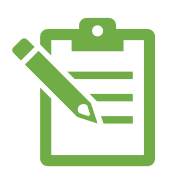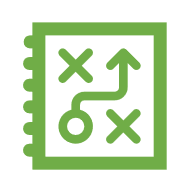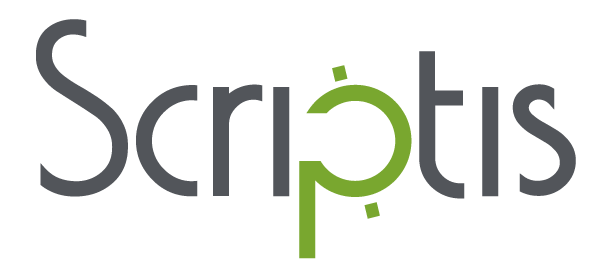Case study: Medical device translation, back translation, and DTP

Executive Summary
Our client required medical device translation in order to take their surgical joint replacement system to the European market. The content included package inserts, surgical instructions, and informational pamphlets about preparation for and recovery from joint replacement surgery. The client required translation and localization into Chinese, Dutch, French, German, Italian, Portuguese, Spanish, Turkish, and Vietnamese.

The Challenge
All technical translation projects require careful preparation. However, for projects involving multiple languages, the stakes are higher. If the source material includes any errors, or if the project manager misunderstands the client’s needs, corrections would need to be issued across nine different translation teams. In addition, translation for pharmaceuticals and medical devices require additional documented quality assurance steps.

Performance
For this project, we followed our usual ISO 17100-certified procedures for translation quality assurance. This involved translation and bilingual review by two independent subject matter specialists for each language, followed by in-house QA. Each of the linguists was a native speaker of the target language. In addition to translation and review, the workflow for high-risk content such as medical device instructions often requires an additional quality assurance step. This is called back translation.
For the back translation, a third translator, a native speaker of English, translates the target translation back into English. This is done without any knowledge of the original source documents. For a multilingual project such as this one, we needed nine additional specialized translators, each to translate from the target language (for example, Chinese) back into English. The next step, reconciliation, requires comparison of the two English texts. Any differences of meaning are noted, and the original translator will review and reconcile the differences. Back translation is nominally a means for linguistic validation. In addition to ensuring that the translations are accurate, back translation can often reveal points of ambiguity in the source text itself. If this is the case, the client must clarify the intended meaning.
One of the biggest challenges of medical device translation, especially when it involves multiple languages, is to keep the workflow moving. The project manager must maintain clear communication and prevent the project from becoming bogged down in any of the review stages.
Once all quality assurance steps had been completed, the project entered its final stage: reformatting, or desktop publishing. Translation to a new language always skews the graphic design of the source to some extent. Some languages require more space than others, and some require less. Some character-based languages, for example Chinese, require close attention to line breaks. Multilingual DTP is best performed by native speakers of the target language, and for Chinese and some other Asian languages, it’s a requirement.

Results
The Scriptis team met the client’s deadline, and the client appreciated Scriptis’s care in seeing this complex project through to its conclusion. Accurate translations allowed our client to effectively market their products overseas in compliance with regulations around the communication of directions and risks associated with medical devices.
